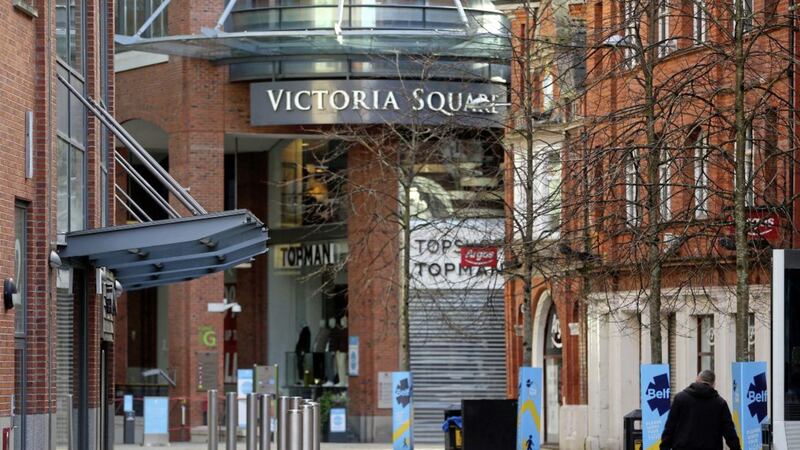THE pandemic has undoubtedly accelerated pre-existing trends in commercial property, in an industry that is seen as very traditional in its approach to doing business and to its tenants.
Occupiers who have been much more agile in their approach to technology have benefitted enormously throughout the pandemic and many that have not have fallen by the wayside.
The effects of the pandemic have not been felt equally across all sectors. For retail it is clear to see that the high street is going through an accelerated period of change with the never-ending rise of the internet replacing parts of the high street as the means of distribution.
But do not put all retail in the same boat - food retailers and retail warehouses have fared well over the last year and their values have remained strong.
The sale of Balloo retail park in Bangor is a case in point. It sits on a 10-acre site on the outskirts of Bangor and includes a 44,000 sq ft Sainsburys store with 650 parking spaces, an eight-pump petrol station and the adjoining 33,000 sq ft Homebase unit.
The Sainsbury’s store has an unexpired lease term of 15 years with five-yearly rent reviews, subject to 2 per cent fixed annually compounded uplifts. Both stores had remained open during the pandemic and in the current climate where property investment volumes in Northern Ireland have hit an all-time low, it is very encouraging to see a London-based property investor snapping up the Park for £24.8 million.
For offices the buzz word for the moment is flexibility. Occupiers and investors are starting to get to grips with the latest property acronym WFH (working from home), and neither really know how this will affect their businesses in the short to medium term – hence the need for flexibility.
This stalling of demand will undoubtedly cause a short-term spike in supply but in the medium term there are strong reasons why the office will rebound, including the need for collaboration that can’t take place in remote locations.
Most observers of the market are trying to figure out what the pandemic has done to commercial property values and what the future holds.
High street retail property values have been hit the hardest and in many cases we have seen values falling by more than 50 per cent for prime retail units in prominent high streets throughout the UK. The value reductions have been driven by the lack of demand from occupiers, the effect of the internet but also by the lack of financing availability for this sector.
Well-located retail units are one to watch when the pandemic is over as in many cases the value correction has been overstated. Values in most other sectors have held up well, particularly in the warehousing /distribution sector where we have seen positive signs of capital value growth for well-let modern high bay units.
In the coming months, the commercial property industry will have to adopt a flexible approach in all their negotiations with Tenants and Banks will have to follow suit if they want to maintain cash flows.
There is no evidence of widespread reductions in values, save for the retail sector, and a combination of a flexible approach and embracing technological change will see the best in class of commercial property not only survive but thrive going forward.
:: Declan Flynn (dflynn@lisney.com) is managing director of Lisney (www.lisney.com) in Belfast







